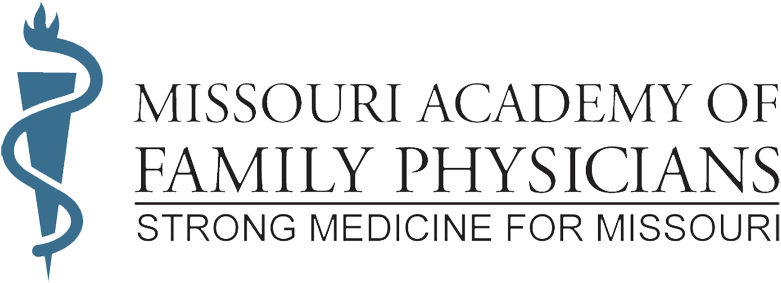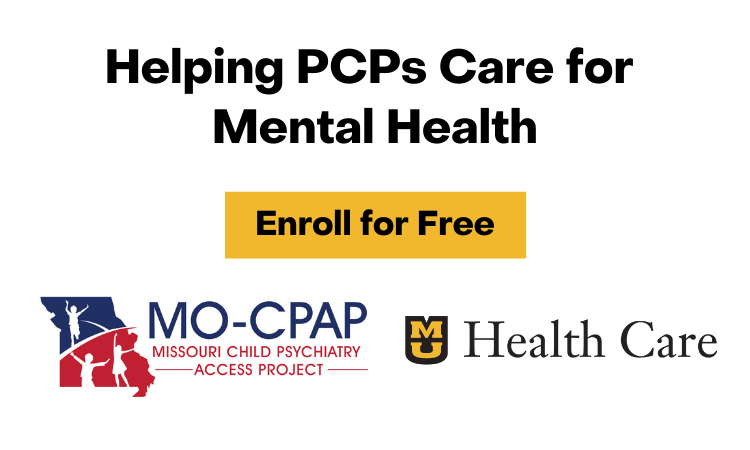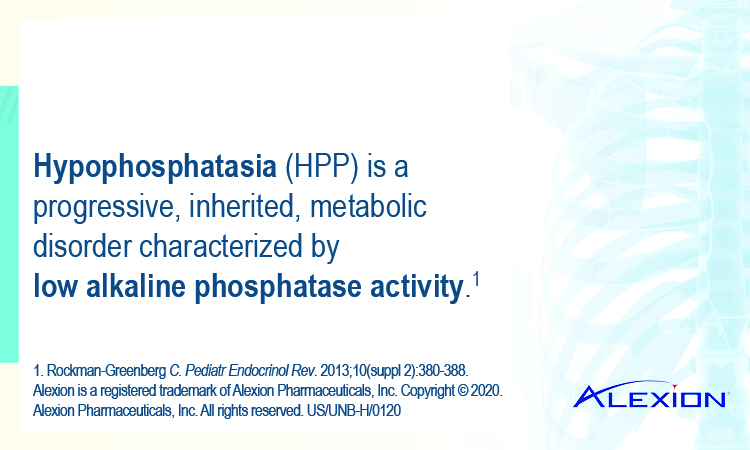Antibiotic resistance has the potential to affect people at any stage of life, as well as the healthcare, veterinary, and agriculture industries, making it one of the world’s most urgent public health problems. If antibiotics lose their effectiveness, then we lose the ability to treat infections and control public health threats. No one can completely avoid the risk of resistant infections, but some people are at greater risk than others (for example, people with chronic illnesses). Many medical advances are dependent on the ability to fight infections using antibiotics, including joint replacements, organ transplants, cancer therapy, and treatment of chronic diseases like diabetes, asthma, and rheumatoid arthritis.
Antimicrobial resistance is a complex problem that affects the whole society and is driven by many interconnected factors. Coordinated action is required to minimize the emergence and spread of antimicrobial resistance at society (public/patient education), physician, health sytem level (antibiotic stewardship) and government level.
Individuals should only use antibiotics when prescribed by a certified health professional, never demand antibiotics if healthcare provider deems they are not needed, never share or use leftover antibiotics, prevent infections by regularly washing hands, preparing food hygienically, avoiding close contact with sick people, practicing safer sex, and keeping vaccinations up to date.
To prevent and control the spread of antibiotic resistance, policy makers can ensure a robust national action plan to tackle antibiotic resistance, improve surveillance of antibiotic-resistant infections, strengthen policies, programs, and implementation of infection prevention and control measures, regulate and promote the appropriate use and disposal of quality medicines and make information available on the impact of antibiotic resistance.
Health professionals can help prevent infections by ensuring hands, instruments, and environment is clean, only prescribe and dispense antibiotics when they are needed, according to current guidelines, report antibiotic-resistant infections to surveillance teams, talk to your patients about how to take antibiotics correctly, antibiotic resistance and the dangers of misuse, talk to patients about preventing infections (for example, vaccination, hand washing, safer sex, and covering nose and mouth when sneezing).
Healthcare industry can invest in research and development of new antibiotics, vaccines, diagnostics and other tools. Agriculture sector can help prevent and control the spread of antibiotic resistance by only giving antibiotics to animals under veterinary supervision, not use antibiotics for growth promotion or to prevent diseases in healthy animals, vaccinate animals to reduce the need for antibiotics and use alternatives to antibiotics when available, promote and apply good practices at all steps of production and processing of foods from animal and plant sources and prevent infections through improved hygiene and animal welfare.
WHO has been working at a global level to tackle this global threat and has few initiatives going on like:
World antibiotics awareness week (11-17 November 2019)
The Global Antimicrobial Resistance Surveillance System (GLASS)
Global Antibiotic Research and Development Partnership (GARDP)
U.S. government has also made antibiotic resistance as national priority and has been working on taking key actions since 2013 after CDC released the first report to look at the burden and threats to human health posed by antibiotic resistance.
Presidential Advisory Council on Combating Antibiotic-Resistant Bacteria (PACCARB) established 2015, released a five-year National Action Plan, outlining steps for implementing the National Strategy; launched the Antimicrobial Resistance Challenge in 2018, a year-long campaign spearheaded by CDC to encourage global organizations to make formal commitments that further the progress against resistance.
Such mammoth global public threat needs participation and cooperation at each and every level of our society and I believe primary care providers can play major role due to their interaction and connection within the communities they serve and most of the times as first entry door to health care system.
About the Author
By: Arihant Jain, MD (Cameron, Missouri)




